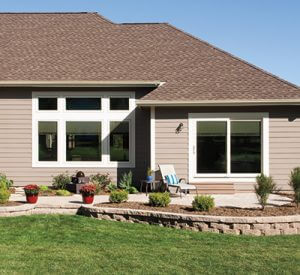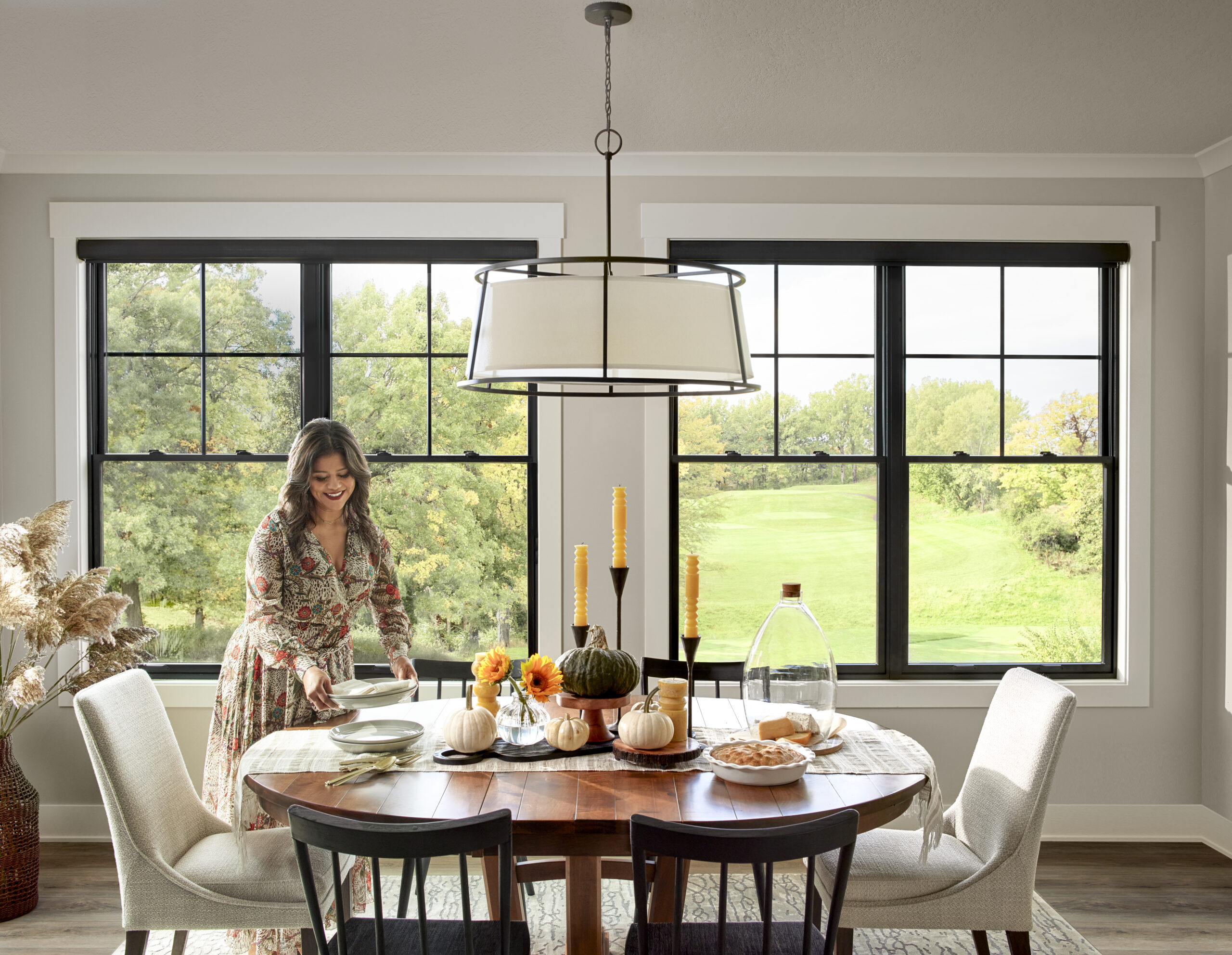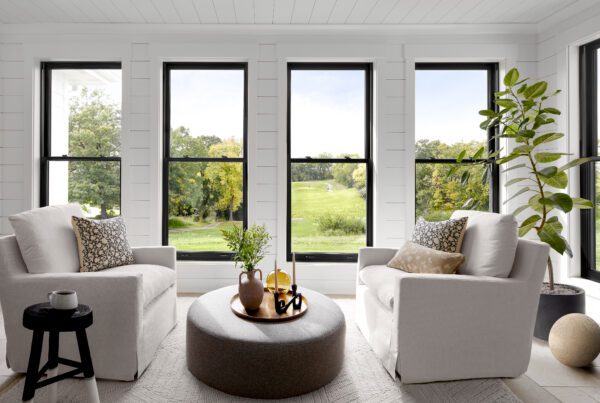 When the wind blows, do your old drafty windows whistle so much that it sounds like they’re performing show tunes? Replacing those energy-draining windows with new ones can help reduce those unwanted drafts. And to make sure you are really getting energy efficient replacement windows, be sure they are certified by ENERGY STAR, a program of the U.S. Environmental Protection Agency and the U.S. Department of Energy that helps save money and protect the environment through energy- efficient products and practices.
When the wind blows, do your old drafty windows whistle so much that it sounds like they’re performing show tunes? Replacing those energy-draining windows with new ones can help reduce those unwanted drafts. And to make sure you are really getting energy efficient replacement windows, be sure they are certified by ENERGY STAR, a program of the U.S. Environmental Protection Agency and the U.S. Department of Energy that helps save money and protect the environment through energy- efficient products and practices.
Replacing old non-certified windows with ENERGY STAR-certified windows lowers household energy bills by an average of 12 percent nationwide, according to energystar.gov. Lower energy consumption also reduces greenhouse gas emissions from power plants and shrinks a house’s carbon footprint.
Energy Efficient Window Benefits
For example, on cold winter nights do you have to wear a sweater if you want to sit on the couch by the window? On the other hand, if you sit in one of the recliners across the room, are you perfectly comfortable in a t-shirt?
That’s because the cold, inside surface of an inefficient window pulls more heat away from your body, so you can feel chilly in a sweater with the thermostat at 70 degrees. But with windows certified by ENERGY STAR, you can feel more comfortable in that window seat even when the temperature outside dips.
The same goes for rooms in your home that feel like a sauna in the summer. A standard double-pane window allows approximately 75 percent of the sun’s heat into your home, according to energystar.gov.
But ENERGY STAR certified windows can reduce the “heat gain” into your home more than typical windows do, while allowing in the visible light. You get the light you need and you can improve your comfort.
Save your furnishings
Plus, ENERGY STAR-certified windows that have Low-E coatings to help keep out summer heat can also act like a sunscreen for your house, helping to protect your valuables from fading due to ultraviolet light while allowing in visible light. That means furniture, drapes, carpet and other valuables near windows will fade less after repeated exposure to direct sunlight.
Other indicators for energy efficiency
In addition to looking for an ENERGY STAR certification on your new replacement windows, be sure to check the NFRC Label, which comes from the National Fenestration Rating Council and is required by the window industry to be on every NFRC rated product so you can compare energy performance.
Other helpful measurements include the R-Value and U-Factor. The R-Value indicates the resistance to heat flow through a window, while the U-Factor represents the rate of heat flowing out of a window in an hour’s time. The lower the number, the better the glass insulates.




